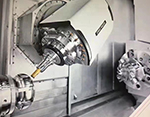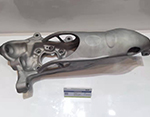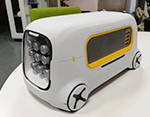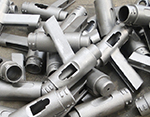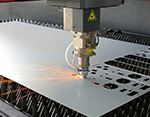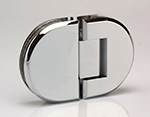-
Service
+
- CNC Precision Machining Service +
- Multi-Axis Simultaneous Machining Service +
- CNC Turning Service +
- Metal 3D Printing Service +
- Rapid Prototyping Service +
- Die Casting Service +
- Sheet Metal Fabrication Service +
-
Finish Serivces
+
- Polishing
- Grinding
- Brushed Finish
- Sand blasting
- Painting
- Powder Painting
- Anodizing
- Hard anodizing Service
- Passivation
- Zinc Plating
- Nickel Plating
- Chrome Plating
- Blackening
- Black Zinc Plating
- Teflon Coating
- Titanium Coating
- DLC Coating
- Laser Marking
- Silk Screen Printing
- Transfer Printing
- Micro Arc Oxidation
- Industries +
- About Us +
- Resource +
- Contact Us
- Quote

-
Service
-
>
-
>
-
>
-
>
-
>
-
>
-
>
-
>
-
- Industries
- About Us
- Resource
- Contact Us
CNC prototype machining is an excellent choice as it could make little amounts of a prototype in a relatively short time compared to other methods.
Applications of CNC Machined Prototypes
CNC prototype machining has applications in almost all the industries precision machining works in. In most of these industries, they always need a functional prototype or at least a version that can show how the real product works. A CNC machining prototype fits the bill the most.
Most times, machined tooling is often preferable for these functional prototypes requiring strength, mechanical stability or other characteristics not afforded by additive processes, hence its use in these industries.
Medical Industry
Medicine is rapidly evolving with the need arising for new equipment. However, most of the time, these medical companies will need to see a prototype. This can assure the product can actually work for the function intended. Since its deals with life, there’s little space for error and the prototype has to be an exact and functional replica of the finished product.
CNC prototype is responsible for making this equipment. Examples of such include orthotic devices, safe enclosures, Implants, MRI machines, research equipment, etc. Here is an article about the application of CNC machining application in the medical industry.
Automotive Industry
With automobile companies coming up with new innovations, they need to develop prototypes before adding them to the manufacturing line. Just like the medical industry too, they need to test out these prototypes to see if they’ll function and fit well into the car before mass production.
CNC machining is responsible for developing automotive prototypes to exact specifications. CNC prototyping also makes parts for other means of transport like shipping vessels, transport trucks and many more.
Aerospace Industry
Since one small mistake could cause drag in some parts of the aircraft or increase the wear of some parts, the aerospace industry is one that allows no error. This is why they need prototypes in this type of industry most time. This will help test for the functionality of the part before it is used in an actual aircraft. CNC prototype machining process is responsible for making many components in this industry, such as landing gear ports, bushings, manifolds, airfoils, etc. Learn how CNC machining is used in the aerospace industry.
Military and Defense Industry
CNC prototyping service also has a lot of use in this industry. With most the ammunition and war vehicles made requiring quite complex contraptions to make them work, the need for prototypes is necessary. CNC machining prototypes are perfect candidates for this. Examples of devices made for this industry include plane parts, transportation components, communication components, ammunition, etc.
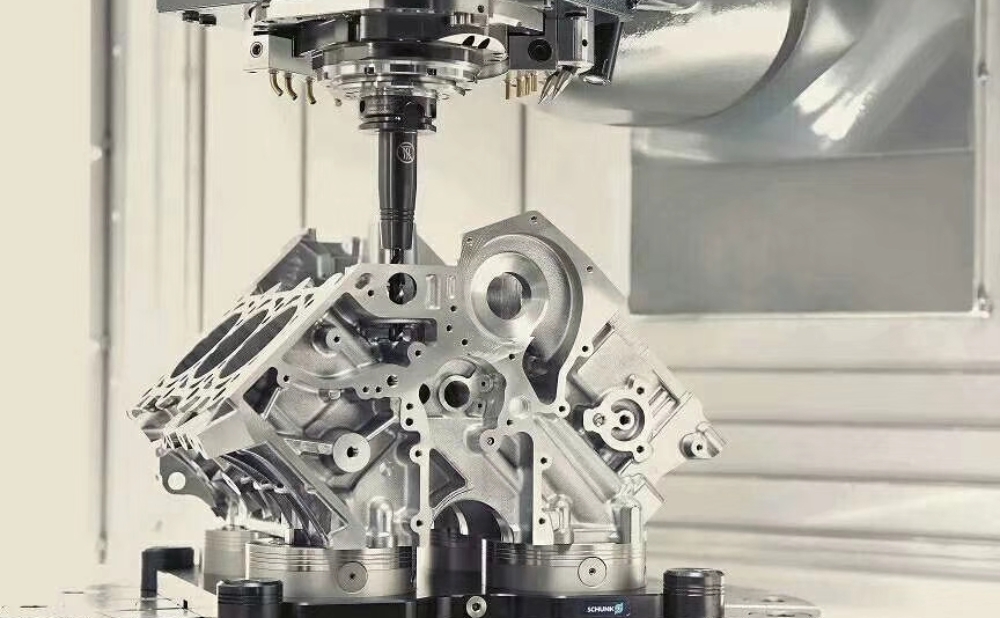
Advantages of CNC Machining for Prototypes
Cost-effective
CNC machining is the best option in terms of price point if you need to make just a few prototypes. Unlike the injection molding method, where you might need a few months to get the mold and tolerances ready, CNC prototype machining could start immediately once the blueprint and the tolerances are set just after a few weeks.
High Tolerance
Another advantage that helps speed up the production of prototypes is the high tolerance ranges they tend to have. Unlike 3D printing, you can make your prototype just as detailed as the finished product. This is a great advantage for those who want to use the prototypes for structural and functional tests.
From Prototype to Production
In quite a few cases, making the prototype is one of the latter degrees of production. Except for those who want to test the functionality of the product or use the prototype to pitch the product to a potential investor, the prototype helps to fasten up production as most of the requirements needed for production are ready at this point.
Great similarity to the product
Unlike 3D-printed prototypes, CNC machining prototypes tend to have quite a lot of similarities to the product. Since machining centers are fully capable of producing end-use parts as well as prototypes, it is possible to create prototypes that are close to the end product.
Part of this is down to materials. Many engineering metals are highly machinable, which allows engineers to make prototypes from the same (or similar) materials they will use for the final part. But the quality of the process itself is also a factor: machined parts are strong and do not exhibit weakness along certain axes like printed parts. In contrast, the machining process itself can even replicate other processes like sheet metal forming.
Disadvantages of CNC Machining for Prototypes
More expensive than 3D printing
Unlike 3D printouts requiring less human supervision and power supply, CNC prototype machining could cost a lot for some small startups. Also, the workpieces/raw materials that CNC prototyping works on are quite expensive in contrary to the simple printing materials like PLP that 3D printing uses.
This is one of the main reasons why engineers may choose alternative prototyping processes, even if they intend to use machining for their final parts. Development can be a drain on resources, and it is understandable if businesses need to cut every expense during the (early) prototyping stage.
Using CNC prototype machining processes can incur higher material costs due to increased material usage and wastage. However, chips can often be recycled, so the environmental impact of the process does not have to be severe. (Selling recyclable waste material can also help to recoup some material costs.)
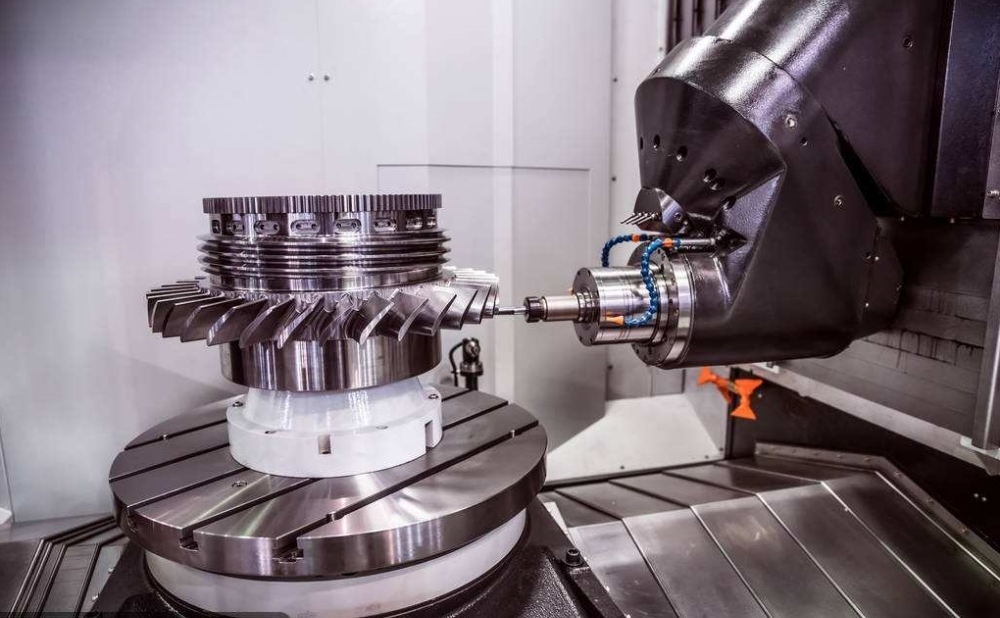
At Kesu, we bring your CAD blueprints to life in the best way you could ever hope for. We guarantee strong manufacturing capabilities with our wide array of engineering experience and approach. Our 3,4, 5-axis CNC machines and a wide range of auxiliaries make us capable of your CNC designs, be it custom prototypes as little as one or making parts taking up to months of production.
Apart from all these features, our prices also stand out from the pack. Just as stated in our certified ISO 9001:2015 QMS standards, we supply you with finished parts of the highest quality made with advanced CNC technology.
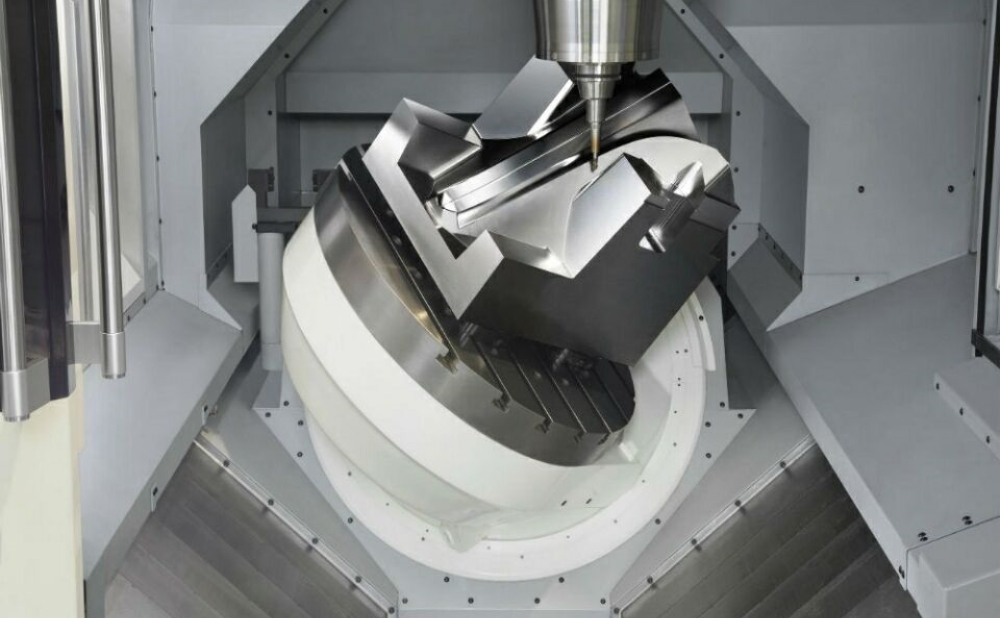
Conclusion
CNC prototype machining is one of the best ways to make your prototypes due to its relatively faster method and quicker cycle times. Also, it has some similarities to the final product compared to methods like 3D printing. Contact us to know if CNC machined prototype is the best process for your project.
Contact:
Email: Diana@kesugroup.com
WhatsApp: +86 134 2483 1067
Our engineer team are ready for your projects and provide feedback quickly.

